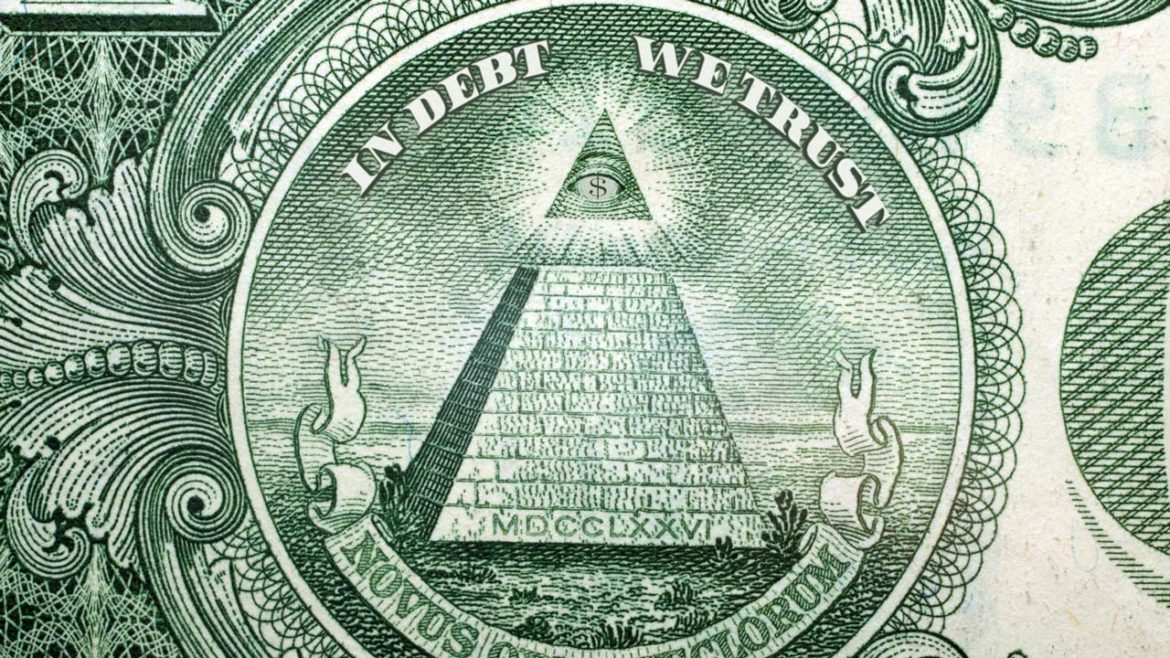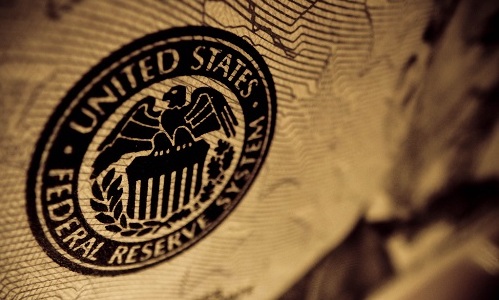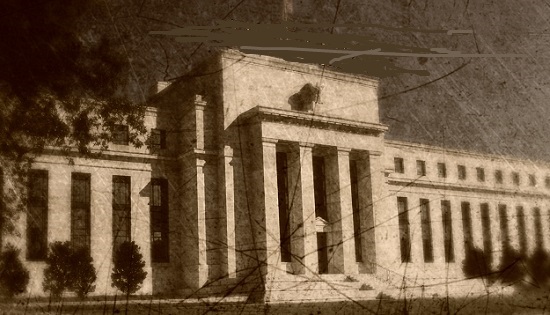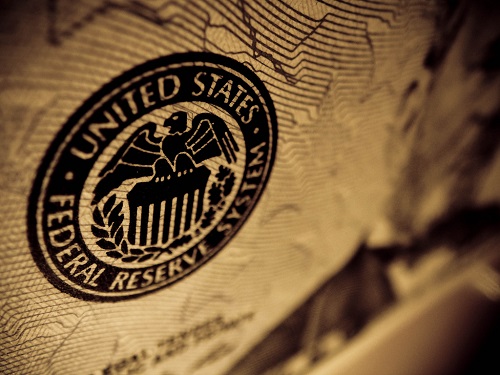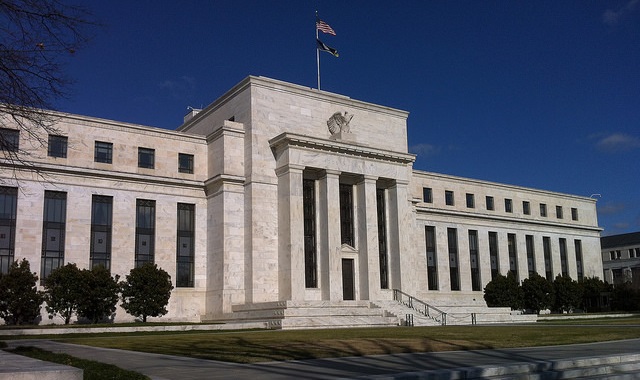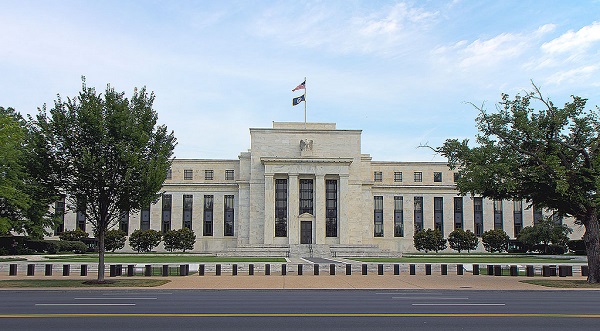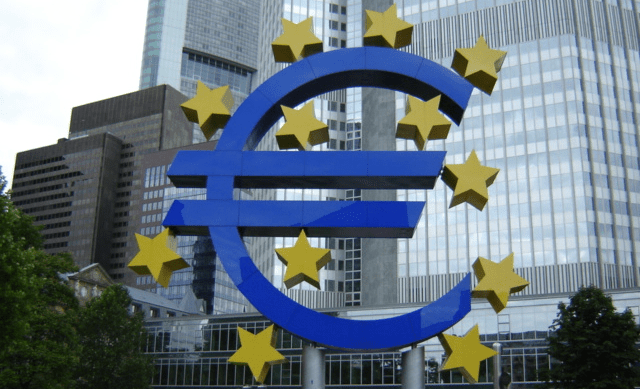The federal budget deficit for September 2021 was $61.5 billion, down from the $171 billion in August. Even though the deficit fell 64% MoM, it was driven primarily by receipts. Spending was up 18.7% MoM but receipts were up 71.2% driven by a surge in corporate and individual taxes.
The Federal Budget Deficit for August 2021 was $171B which was down from the $302B in July. The chart below shows the Federal Budget for the previous 18 months.
The Federal Reserve is set to begin what a MarketWatch article called a “massive” bond-buying program.
Jerome Powell announced the program last Tuesday and the central bank released more details about the plan on Friday. The Federal Reserve will buy $60 billion in short-term Treasury bills each month. According to a statement, the purchases will continue, “at least into the second quarter of next year.” That would amount to around $400 billion worth of Treasurys added to the Fed’s balance sheet.
Yesterday, Jerome Powell announced that the Fed will soon launch another round of quantitative easing. Except he insisted it will not be doing quantitative easing.
This is not QE. In no sense is this QE.”
What the Fed will be doing, according to Powell, is expanding its balance sheet. Powell said details of the process will be explained in the following days, but it will involve the purchase of Treasurys.
This sounds an awful lot like QE, as Peter Schiff emphasized in his podcast.
It looks like the Federal Reserve is about to get back into the bond business and help the US government deal with its massive debt.
The Treasury Department announced yesterday that it will not have to borrow as much money in the third quarter of fiscal 2019 as originally anticipated. But this is not because of a slowdown in government spending. According to a Treasury official cited by Reuters, the reason for the lower borrowing estimate is due to an anticipated increase in Fed Treasury holdings as the central bank ends its balance sheet reduction program.
Ever since the beginning of the “Powell Pause,” Peter Schiff has been saying it won’t be enough.
If the Fed doesn’t want to upset the markets, soon it will be forced to go back to QE and zero percent interest rates.”
Peter isn’t alone in saying this. After the most recent FOMC meeting, Ryan McMaken at the Mises Institute echoed Peter’s message.
Put simply: the days of quantitative easing are back, and we’re not even in a recession yet.”
All of a sudden, the Federal Reserve is considering increasing its balance sheet again.
Remember back in September? QE was on “autopilot.” Then we got the “Powell Pause” and suddenly, the talk was that balance sheet reduction could be winding down. Powell confirmed that was the case just a couple of weeks ago when he told a congressional panel the central bank would be in a position to “to stop runoff later this year.”
We often criticize the Federal Reserve for its three rounds of quantitative easing. Coupled with artificially low interest rates, Fed QE stimulus — essentially money creation –pumped up all kinds of asset bubbles. Now that the US central bank is trying to tighten, we’re beginning to see the air seep out of those bubbles.
But when it comes to QE, the Federal Reserve has nothing on the European Central Bank. The ECB just announced the end of its QE program this month. The ECB’s QE purchases totaled somewhere in the neighborhood of 2.6 trillion euros. The bank also pushed interest rates below zero. So, what did the EU get for all this stimulus? Not a whole lot.




